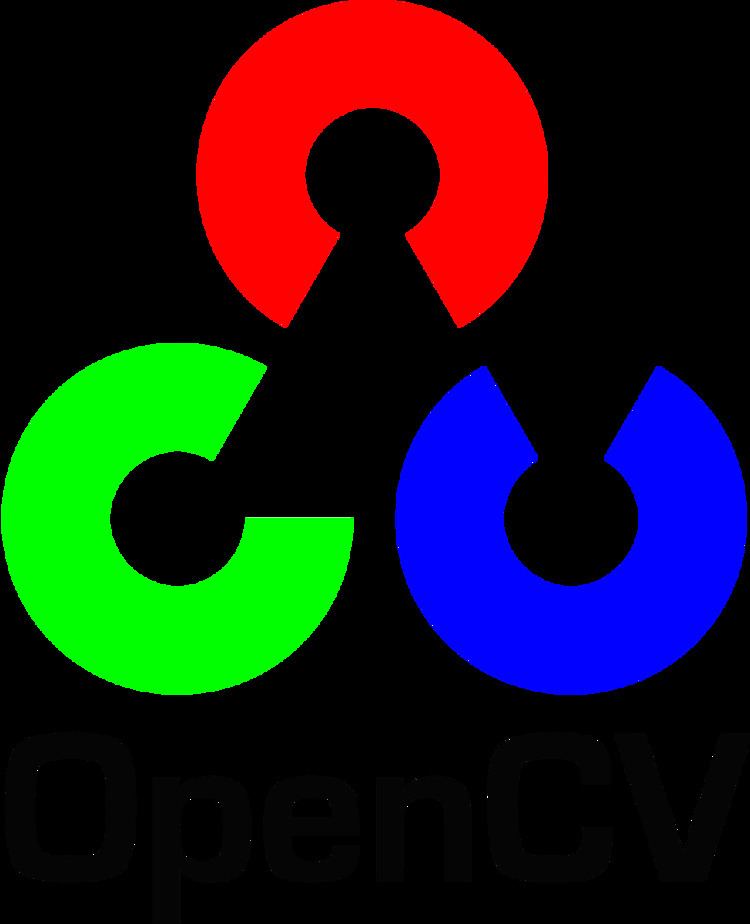Written in C/C++ | Operating system | |
 | ||
Original author(s) Initial release June 2000; 16 years ago (2000-06) Stable release 3.2 / 23 December 2016; 2 months ago (2016-12-23) Preview release 3.0.0 Beta / 11 November 2014; 2 years ago (2014-11-11) | ||
OpenCV (Open Source Computer Vision) is a library of programming functions mainly aimed at real-time computer vision. Originally developed by Intel's research center in Nizhny Novgorod (Russia), it was later supported by Willow Garage and is now maintained by Itseez. The library is cross-platform and free for use under the open-source BSD license.
Contents
History
Officially launched in 1999, the OpenCV project was initially an Intel Research initiative to advance CPU-intensive applications, part of a series of projects including real-time ray tracing and 3D display walls. The main contributors to the project included a number of optimization experts in Intel Russia, as well as Intel’s Performance Library Team. In the early days of OpenCV, the goals of the project were described as:
The first alpha version of OpenCV was released to the public at the IEEE Conference on Computer Vision and Pattern Recognition in 2000, and five betas were released between 2001 and 2005. The first 1.0 version was released in 2006. In mid-2008, OpenCV obtained corporate support from Willow Garage, and is now again under active development. A version 1.1 "pre-release" was released in October 2008.
The second major release of the OpenCV was in October 2009. OpenCV 2 includes major changes to the C++ interface, aiming at easier, more type-safe patterns, new functions, and better implementations for existing ones in terms of performance (especially on multi-core systems). Official releases now occur every six months and development is now done by an independent Russian team supported by commercial corporations.
In August 2012, support for OpenCV was taken over by a non-profit foundation OpenCV.org, which maintains a developer and user site.
Applications
OpenCV's application areas include:
To support some of the above areas, OpenCV includes a statistical machine learning library that contains:
Programming language
OpenCV is written in C++ and its primary interface is in C++, but it still retains a less comprehensive though extensive older C interface. There are bindings in Python, Java and MATLAB/OCTAVE. The API for these interfaces can be found in the online documentation. Wrappers in other languages such as C#, Perl, Ch, Haskell and Ruby have been developed to encourage adoption by a wider audience.
All of the new developments and algorithms in OpenCV are now developed in the C++ interface.
Hardware acceleration
If the library finds Intel's Integrated Performance Primitives on the system, it will use these proprietary optimized routines to accelerate itself.
A CUDA-based GPU interface has been in progress since September 2010.
An OpenCL-based GPU interface has been in progress since October 2012, documentation for version 2.4.9.0 can be found at docs.opencv.org.
OS support
OpenCV runs on a variety of platforms. Desktop: Windows, Linux, macOS, FreeBSD, NetBSD, OpenBSD; Mobile: Android, iOS, Maemo, BlackBerry 10. The user can get official releases from SourceForge or take the latest sources from GitHub. OpenCV uses CMake.
